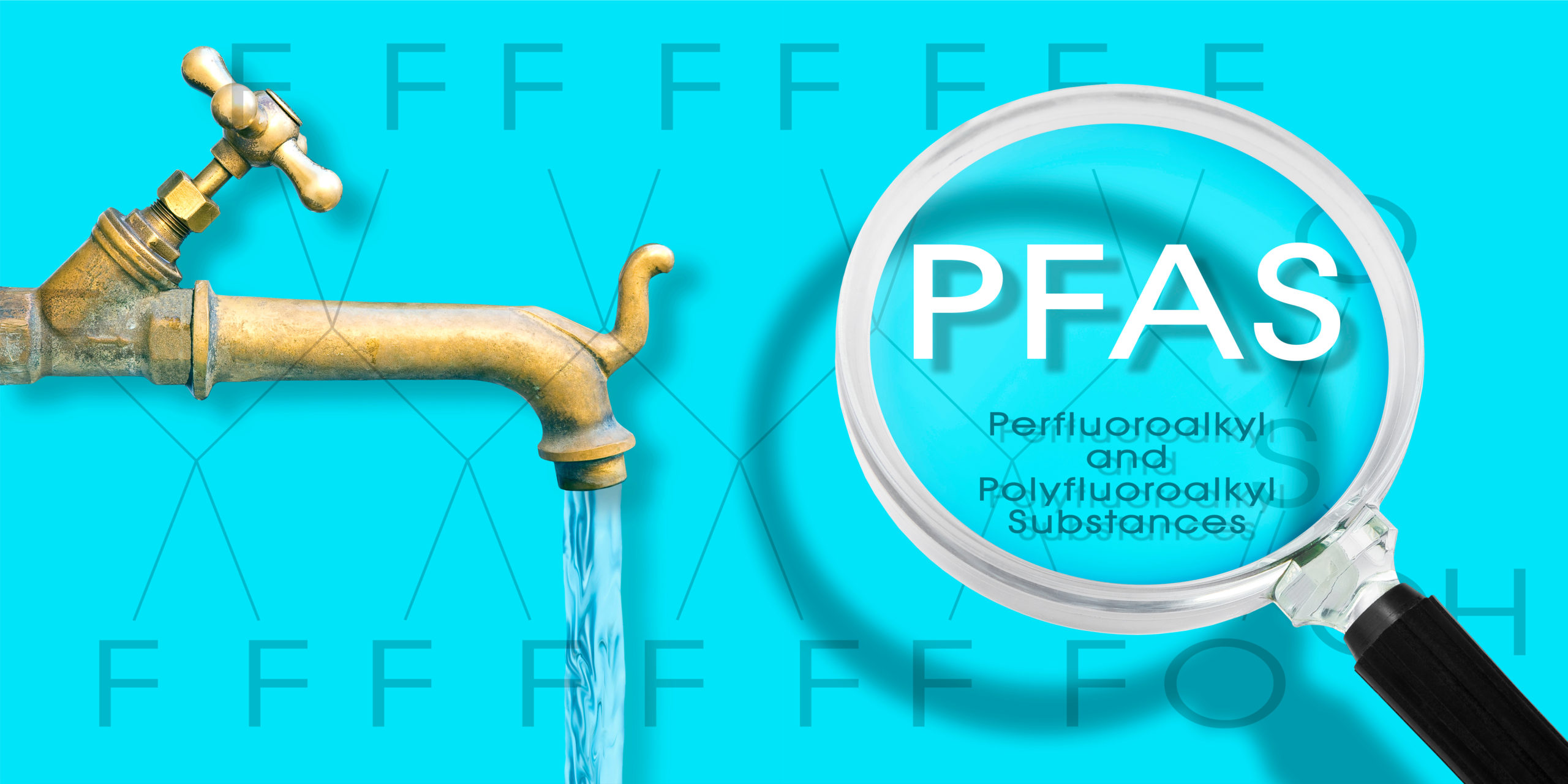The U.S. Environmental Protection Agency (USEPA) announced draft national recommendations for health-based levels of per- and polyfluoroalkyl substances (PFAS) in waterbodies. Once final, these recommended criteria can be used by States and authorized Tribes to establish water quality standards that help protect people from exposure through consuming water, fish and shellfish from waterbodies that may be polluted by PFAS.
The draft recommended human health criteria identify concentrations of three PFAS in a water body at or below where they are not expected to cause adverse human health effects from lifetime exposure. The three chemicals are perfluorooctanoic acid (PFOA), perfluorooctane sulfonic acid (PFOS), and perfluorobutane sulfonic acid (PFBS). Human health criteria are not regulatory requirements and do not, on their own, compel any action. Rather they are information for entities to consider when making policy decisions that protect water quality.
The draft recommended human health criteria for PFOA, PFOS, and PFBS are based on the latest science, including final USEPA human health assessments, fish consumption rates, drinking water intake rates, national bioaccumulation factors, and relative source contributions.
EPA will accept written comments on the draft human health criteria for 60 days upon publication of the associated Federal Register Notice. Learn more about USEPA’s draft human health water quality criteria.

